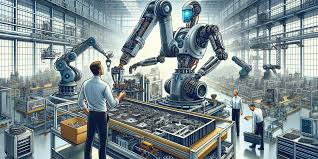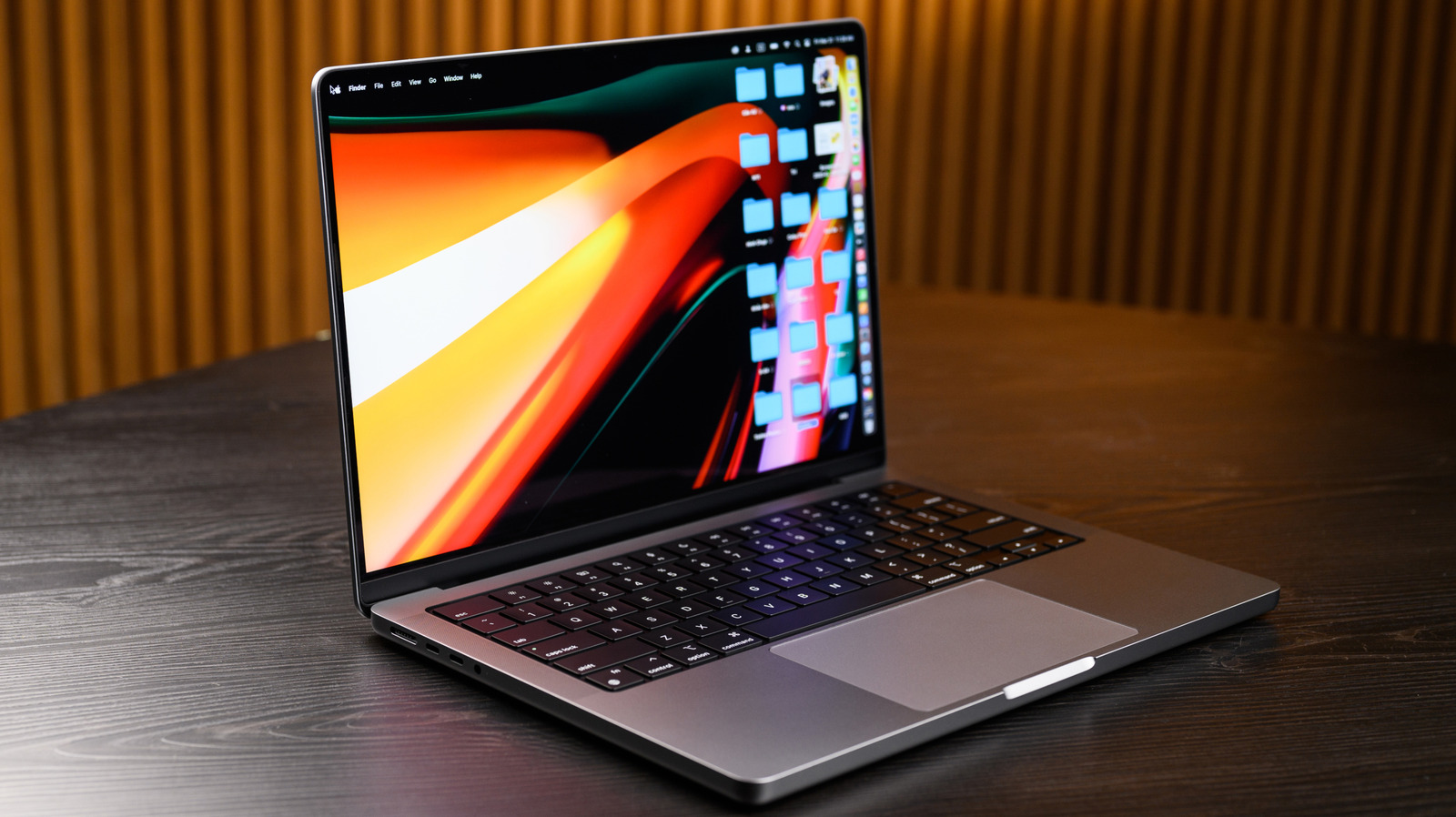Introduction:
The manufacturing industry is undergoing a seismic shift, driven by rapid technological advancements and evolving global demands. The concept of the “smart factory” has moved from a futuristic vision to a strategic necessity. At the core of this transformation lies robotics system integration, the seamless coordination of automated technologies to create efficient, adaptive, and data-driven production environments. Unlike traditional automation, which often focuses on single, isolated processes, robotics integration brings together machines, sensors, software, and analytics into one cohesive ecosystem. This convergence creates factories that are not only faster and more efficient but also more intelligent, safer, and capable of adapting in real time.
Enhance Operational Efficiency Through Seamless Integration:
“One of the most significant contributions of robotics system integration to the smart factory vision is the dramatic improvement in operational efficiency. In a conventional production environment, machines often work in silos, each carrying out its function without meaningful interaction with other systems. Robotics integration eliminates these silos by connecting all components into a single, intelligent network. This interconnected system allows data to flow freely, enabling predictive maintenance, adaptive scheduling, and optimized resource allocation. When machines communicate in real time, production lines can adjust automatically to fluctuations in demand, material availability, or workforce levels. This level of responsiveness minimizes downtime, reduces waste, and ensures that every resource is utilized optimally”. Says Allen Seavert, Founder, Robotics Integration
Supporting Workforce Transformation and Collaboration:
“Contrary to the misconception that robotics will replace humans, robotics integration actually supports workforce transformation by enabling more meaningful collaboration between humans and machines. Smart factories are not about replacing people; they are about reimagining roles to make work safer, more efficient, and more engaging. By integrating robots with intuitive interfaces and collaborative capabilities, manufacturers can assign repetitive or hazardous tasks to machines while allowing human workers to focus on strategic and creative problem-solving. This shift not only boosts overall productivity but also improves job satisfaction and retention”. Says David Reger, Founder, Neura Robotics
Enabling Real-Time Data and Smart Decision-Making:
“Smart factories are defined by their ability to make decisions in real time, and robotics system integration is central to enabling this capability. When robots, sensors, and software systems are connected in an integrated network, they continuously collect and share data across the entire manufacturing floor. This real-time visibility allows decision-makers to identify inefficiencies, address potential issues before they escalate, and adapt strategies on the fly. Integrated robotics systems also enable advanced analytics and AI-driven insights. By analyzing patterns in machine performance, production speed, or quality deviations, companies can predict maintenance needs, optimize workflows, and allocate resources with precision. This data-driven approach replaces guesswork with measurable, actionable intelligence, an essential characteristic of the smart factory of the future”. Says Antonio Aldecoa, CEO, INGETECH Robotics
Driving Scalability and Manufacturing Flexibility:
“In a rapidly changing global market, agility and scalability are not just advantages; they are survival tools. Robotics system integration allows factories to respond quickly to fluctuations in demand, supply chain disruptions, and product customization trends. Traditional production lines are often rigid, requiring significant downtime and investment to reconfigure for new products. Integrated robotic systems, however, can be reprogrammed and adapted with minimal interruption. This flexibility is particularly valuable in industries where product life cycles are short and innovation is constant. By integrating modular robotic systems that can be easily scaled up or down, manufacturers can adjust production capacity without overhauling infrastructure. This adaptability ensures that smart factories remain competitive and resilient, even in volatile market conditions”. Says Elad Inbar, CEO, RobotLAB
Safety and Sustainability in Smart Manufacturing:
“A key component of the smart factory vision is the creation of safer and more sustainable production environments. Robotics integration plays a crucial role in achieving both objectives. Automated systems can take on dangerous, repetitive, or ergonomically challenging tasks, significantly reducing the risk of workplace injuries. Collaborative robots can work safely alongside human employees, equipped with sensors and safety protocols that prevent accidents. From an environmental perspective, integrated robotics systems are highly efficient, optimizing energy use and minimizing material waste. Smart factories can track resource consumption in real time, identify inefficiencies, and implement corrective measures automatically. By reducing the environmental footprint of manufacturing operations, companies can align their production strategies with broader sustainability goals and regulatory requirements”. Says Mark Proud, Vice President, Proud Automation
Interconnected Ecosystems with Advanced Technologies:
“Robotics integration does not exist in isolation; it is part of a larger technological ecosystem that includes artificial intelligence, the Internet of Things, cloud computing, and digital twins. By combining these technologies, manufacturers can create interconnected environments where machines learn, adapt, and evolve. For example, digital twin technology allows manufacturers to create virtual replicas of physical production systems. These replicas can be used to simulate new processes, identify bottlenecks, and optimize performance without interrupting real-world production. When integrated with robotics, this capability accelerates innovation and reduces costly trial-and-error”. Says Jason Hein, CTO, Telescope Innovations Corp.
The Future of Global Manufacturing Competitiveness:
The integration of robotics into manufacturing is more than a technological upgrade; it represents a fundamental shift in how industries operate and compete on a global scale. Companies that embrace robotics integration are better positioned to adapt to market changes, meet growing consumer expectations, and maintain a competitive edge. Smart factories built on integrated robotics systems are leaner, more efficient, and more innovative. They can deliver high-quality products faster, with fewer resources, and with greater responsiveness to market demands. This agility is crucial as industries face increasing pressure from globalization, shifting consumer behaviors, and emerging economic challenges.
Conclusion:
The smart factory of the future is built on a foundation of seamless robotics system integration. It is a space where machines and humans work in harmony, data flows freely, and adaptability is built into every process. By investing in integrated robotics today, manufacturers are not just modernizing their operations; they are future-proofing their businesses against the uncertainties of tomorrow. This transformation is more than technological; it is strategic. It empowers companies to enhance efficiency, foster innovation, and operate sustainably while maintaining a competitive edge in the global market. As industries continue to evolve, robotics integration will remain at the heart of the smart factory revolution, guiding the way toward a more intelligent, efficient, and resilient manufacturing future.












